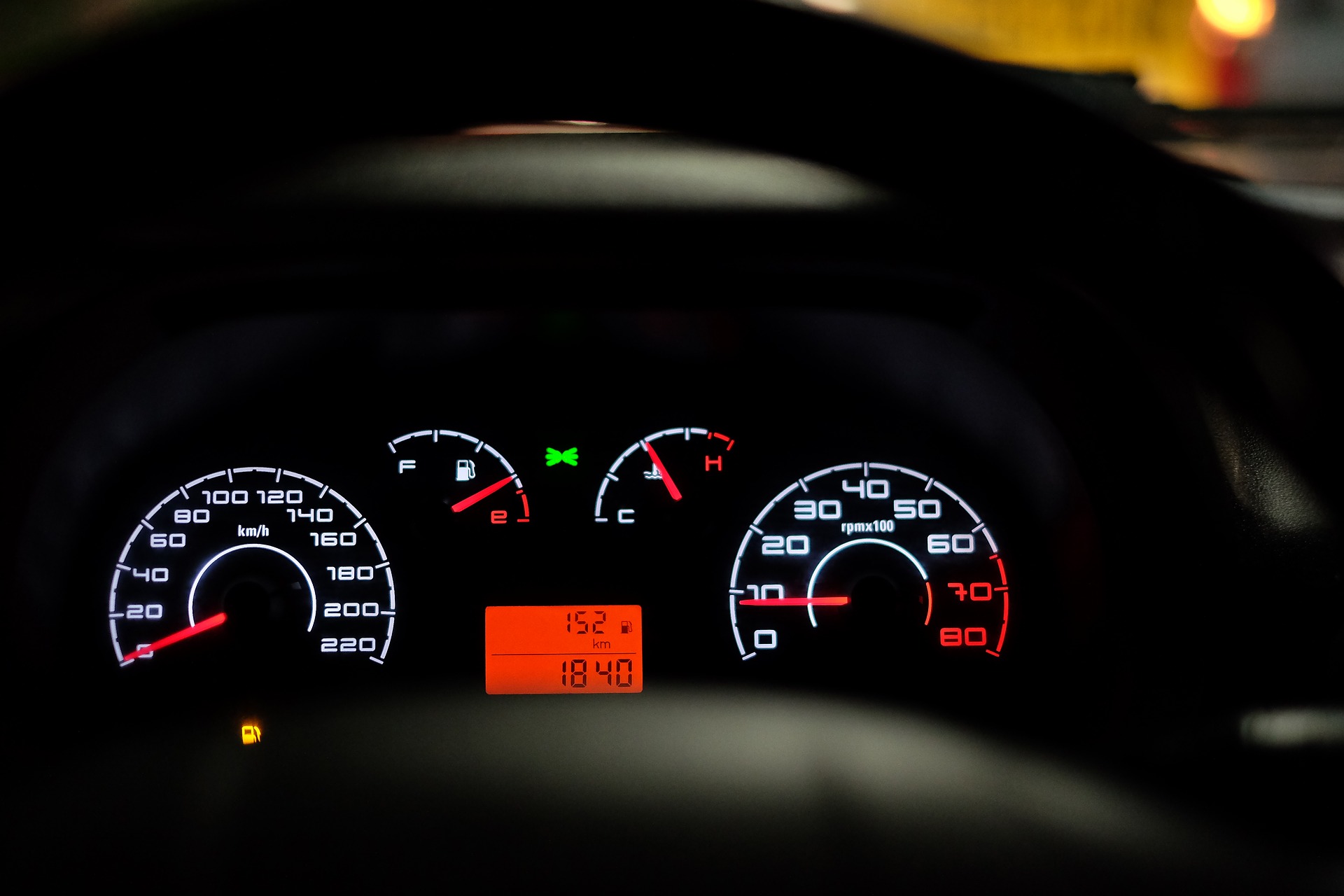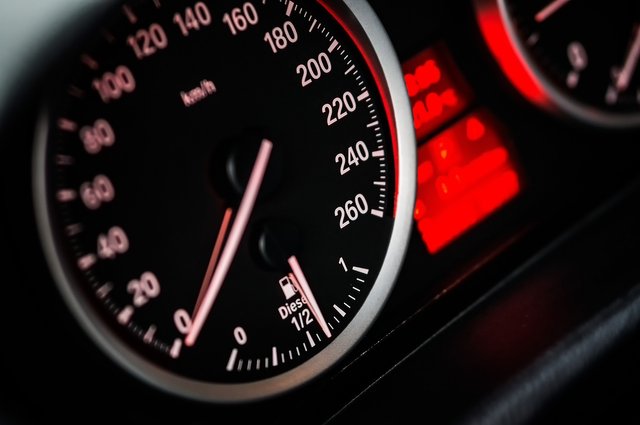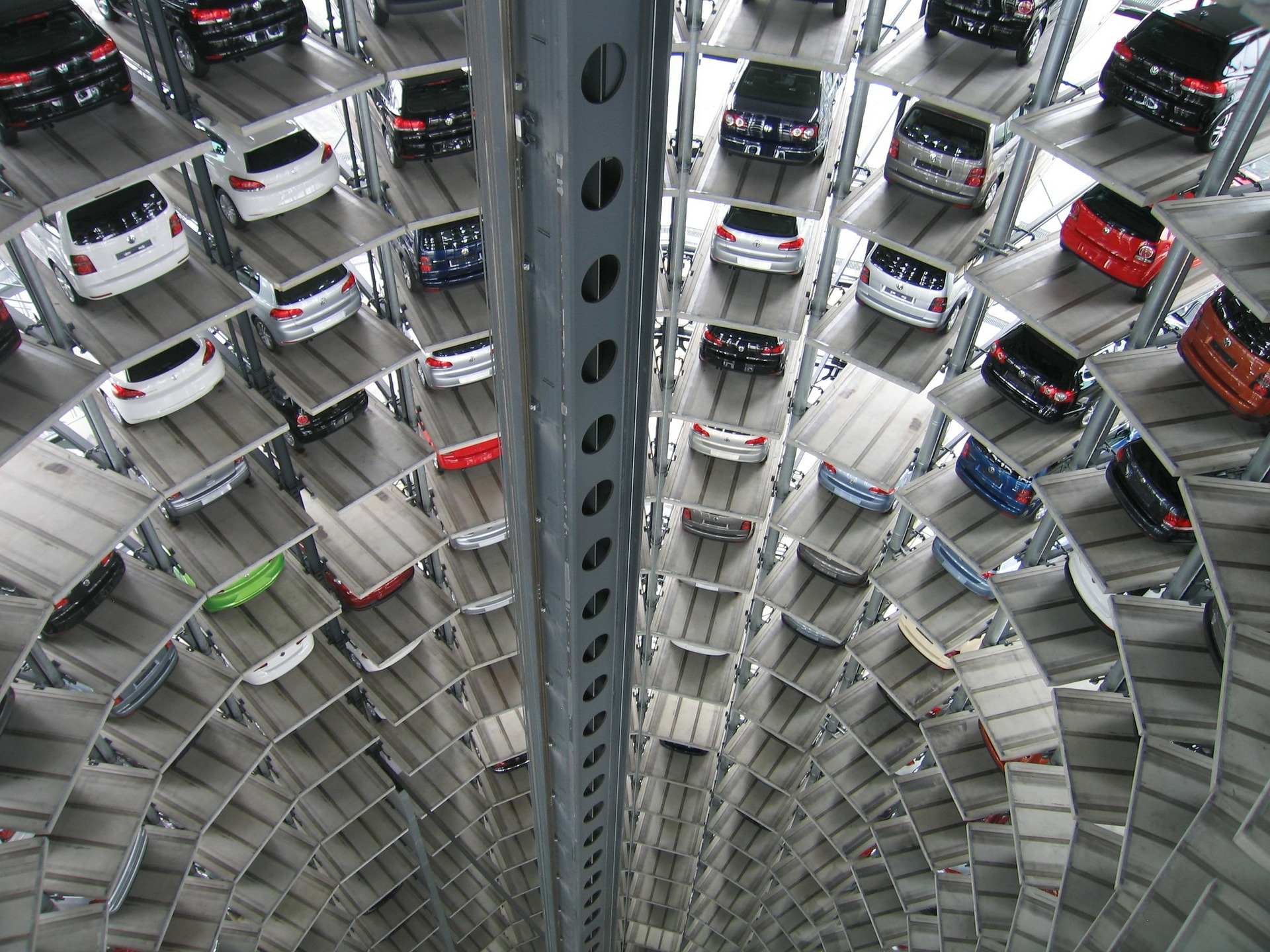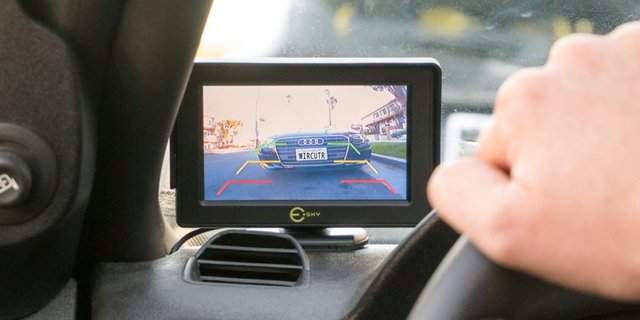4 Innovating Car Technologies

When buy a new vehicle, what do you look out for?
Technology is one of the most important features to consider when buying a new vehicle. Over the years advances have been made in technology and these technologies have found their way to latest vehicles around today. We take a look at 4 of these technologies.
1. Advanced Driver Assistance Systems (ADAS)
Advanced driver assistance systems (ADAS) are systems developed to automate enhance vehicle systems for safety and better driving. Safety features are designed to avoid collisions and accidents by offering technologies that alert the driver to potential problems, or to avoid collisions by implementing safeguards and taking over control of the vehicle. Adaptive features may automate lighting, provide adaptive cruise control, automate braking, incorporate GPS/ traffic warnings, connect to smartphones, alert driver to other cars or dangers, keep the driver in the correct lane, or show what is in blind spots.
An increasing number of modern vehicles have advanced driver assistance systems (ADAS) such as electronic stability control, anti-lock brakes, lane departure warning, adaptive cruise control and traction control. These systems can be affected by mechanical alignment adjustments. This has led many manufacturers to require electronic resets for these systems, after a mechanical alignment is performed, ensure the wheel aligner you are considering to allow you to meet these safety requirements.

There are many forms of ADAS available; some features are built into cars or are available as an add-on package. Also, there are aftermarket solutions available. ADAS relies on inputs from multiple data sources, including automotive imaging, LiDAR, radar, image processing, computer vision, and in-car networking. Additional inputs are possible from other sources separate from the primary vehicle platform, such as other vehicles, referred to as Vehicle-to-vehicle (V2V), or Vehicle-to-Infrastructure (such as mobile telephony or wifi data network) systems.
Advanced driver assistance systems are one of the fastest-growing segments in automotive electronics, with steadily increasing rates of adoption of industry-wide quality standards, in vehicular safety systems ISO 26262, developing technology specific standards, such as IEEE 2020 for Image Sensor quality and communications protocols such as the Vehicle Information API.

Next-generation ADAS will increasingly leverage wireless network connectivity to offer improved value by using car-to-car (also known as Vehicle to Vehicle, or V2V) and car-to-infrastructure (also known as Vehicle to Infrastructure, or V2X) data.
2. Air Gesture
Gestures have been an integral part of human interaction since old times. Most gestures originate from either face or hand, but they can actually be done by any part of the body. Automobile drivers have depended on gestures to maneuver through traffic previously – from waving hands during turns to shaking fists after overtaking.
New technology is enabling automobile manufacturers to integrate gesture recognition features in their cars to let drivers manage the control systems of the car. For example, an approaching hand can activate the in-car infotainment system, or tilting your head can switch on the turning indicator.
Driver distraction is a major cause of concern for maintaining safety on the road. Taking your hands off the steering wheel and eyes off the road to adjust air conditioning or making a call can have dire consequences. Gesture based car controlling systems would enable drivers to do all that and even more without even looking at the dashboard.
3. Voice Control
A voice command device (VCD) is a device controlled by means of the human voice. By removing the need to use buttons, dials and switches, consumers can easily operate appliances with their hands full or while doing other tasks. Some of the first examples of VCDs can be found in home appliances with washing machines that allow consumers to operate washing controls through vocal commands and mobile phones with voice-activated dialing

4. Backup Camera
A backup camera (also called reversing camera) is a special type of video camera that is produced specifically for the purpose of being attached to the rear of a vehicle to aid in backing up, and to alleviate the rear blind spot. Backup cameras are alternatively known as 'reversing cameras' or 'rear-view cameras'. It is specifically designed to avoid a backup collision. The area directly behind vehicles has been described as a "killing zone" due to the associated carnage.
Backup cameras are usually connected to the vehicle head unit display.
The design of a backup camera is distinct from other cameras in that the image is horizontally flipped so that the output is a mirror image. This is necessary because the camera and the driver face opposite directions, and without it, the camera's right would be on the driver's left and vice versa. A mirrored image makes the orientation of the display consistent with the physical mirrors installed on the vehicle. A backup camera typically sports a wide-angle or fisheye lens. While such a lens spoils the camera's ability to see faraway objects, it allows the camera to see an uninterrupted horizontal path from one rear corner to the other. The camera is typically pointed on a downward angle, to view potential obstacles on the ground as well as the position of approaching walls and docks, rather than straight back.
Thanks For Visiting My page
Leave A Comment And Upvote If you Find This Topic Helpful
If you are a Nigerian writing a STEM related post do well to check on this post also put one of your tag as #stemng to enable curators easily locate your post.
Thanks for the information.